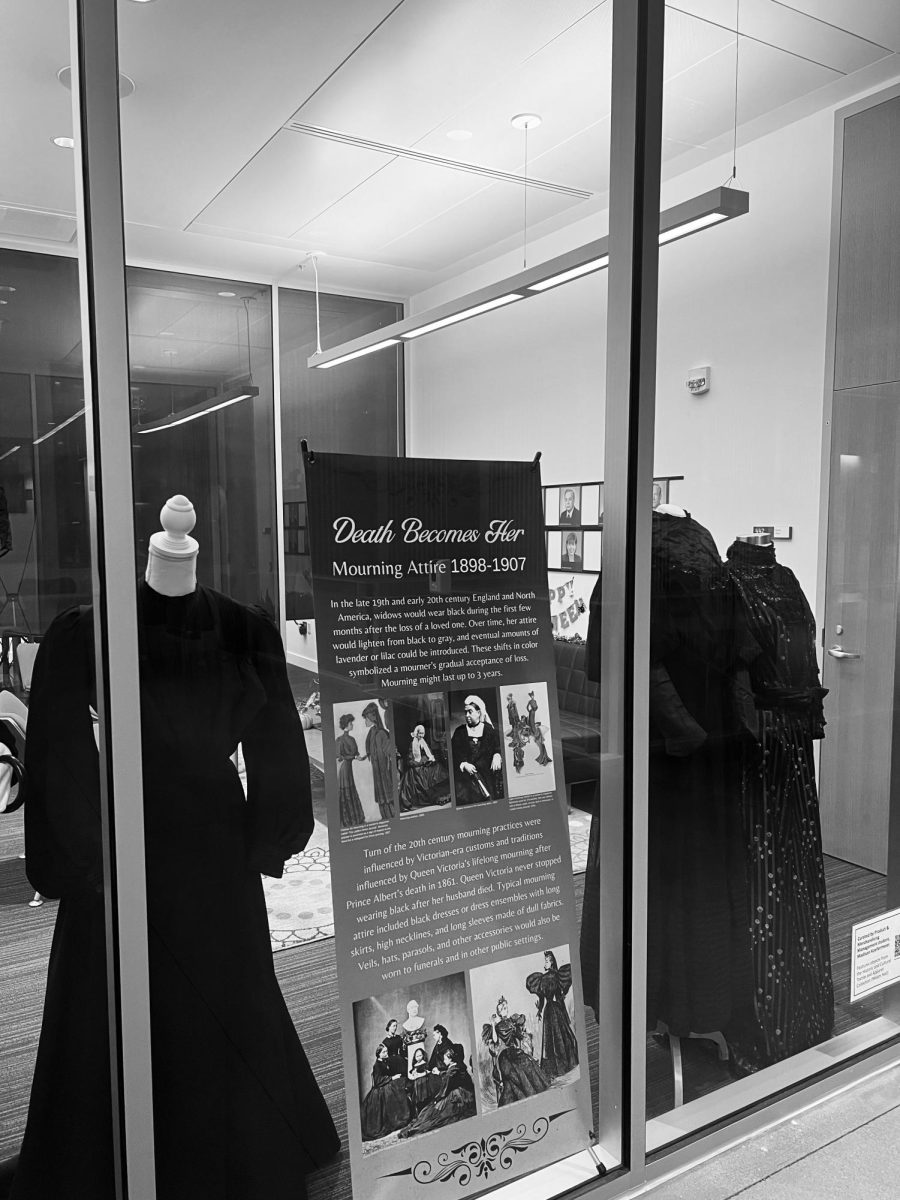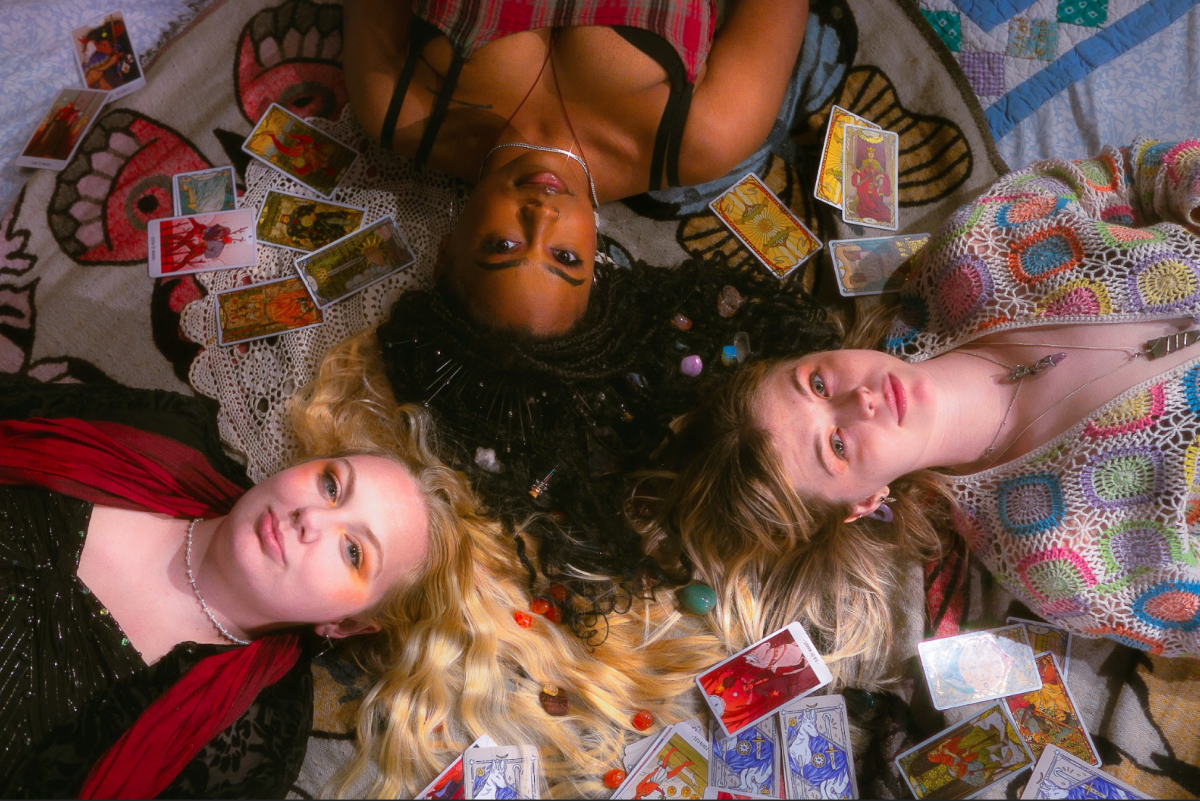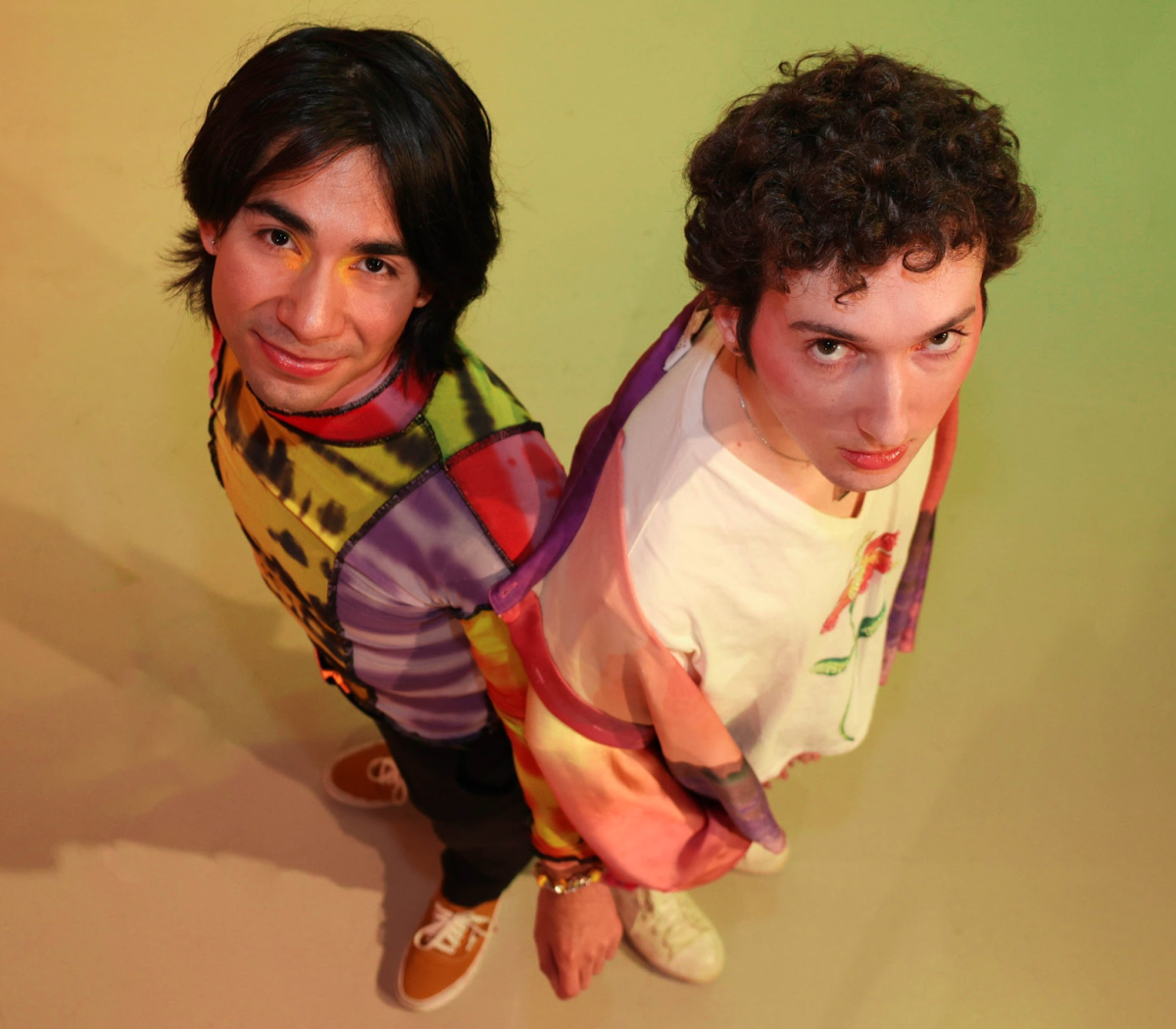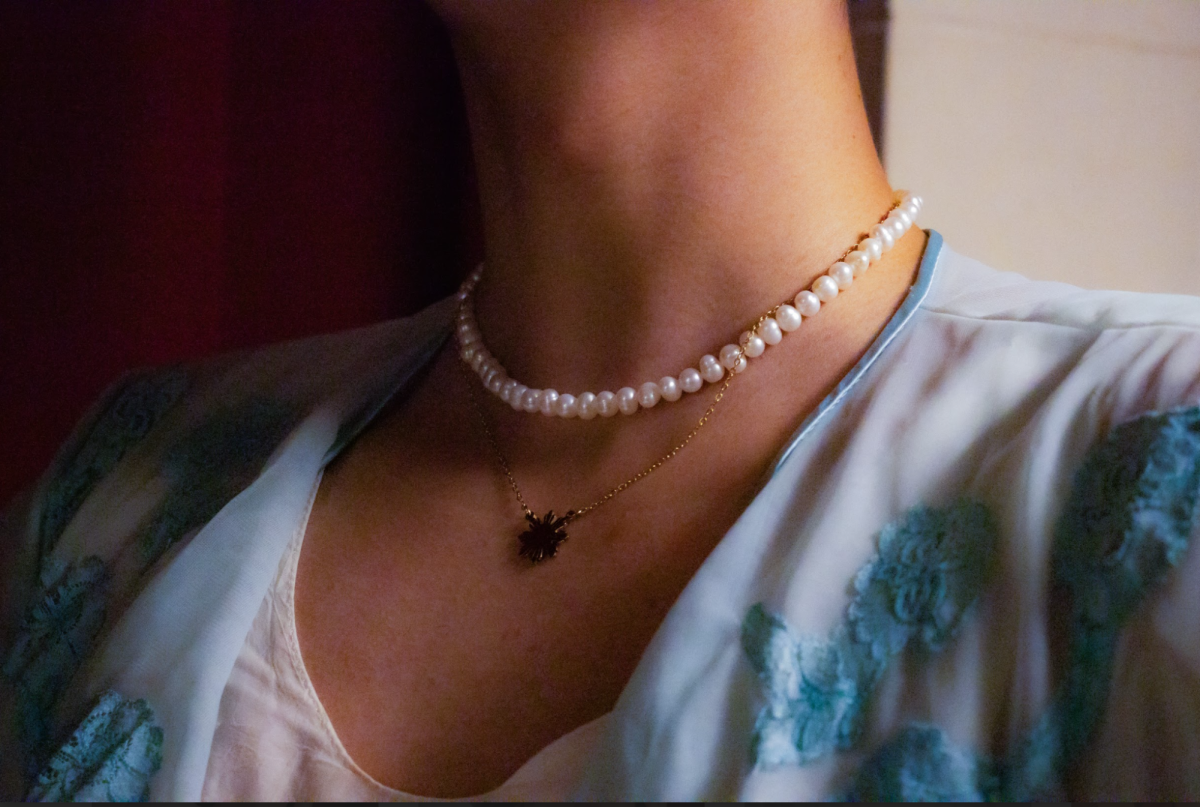A dusty garment hanging in the back of your closet begs many questions; do you discard it, alter it, donate it or sell it? There are many choices to make when it comes to moving on from unwanted clothes, but what do these choices really mean?

In the most recent report conducted by the United States Environmental Protection Agency, landfills in 2018 received 11.8 million tons of textile municipal solid waste: 7.7% of the total weight of textiles in landfills at the time. That same year, 17 million tons of textiles were generated.
This was seven years ago, and more waste is accumulating each year. So, what can be done?
One answer: thrift shopping, aka thrifting. The 2022 thredUP Resale Report found that “the global secondhand apparel market will grow 127% by 2026 – 3X faster than the global apparel market.” Thrifting has been growing at a rapid pace, and has become a valuable resource to many seeking a more sustainable closet.
has been growing at a rapid pace, and has become a valuable resource to many seeking a more sustainable closet.
Emily Hayward, a fourth-year merchandising management major at Oregon State University, works as a fashion buyer at Runway Fashion Exchange, a consignment boutique in downtown Corvallis where people sell unwanted clothes for cash or store credit. Hayward said shopping secondhand is “just one less sale that goes to a big corporation.”
“Shopping around in thrift shops is not grab and go, it really is a treasure hunt,” Hayward said.
While many donation-based thrift stores can offer low prices due to donated merchandise, Runway’s consignment system requires cash to buy clothes from sellers, which in turn results in higher prices for consumers. Hayward emphasized that within the industry
“The end goal for everybody is — we’re just trying to reduce our waste. We’re trying to make sure these clothes get a true second life,” Hayward said.

Run on a donation basis, Heartland Humane Thrift supplies 30% of the operating budget of Heartland Humane Society, a Corvallis animal shelter. Due to being run on a volunteer basis and being donation based, Manager Tiga Evans said, “We really pride ourselves on keeping our prices low and accessible to everyone.”
Heartland Thrift receives an average of 500 donations a month and rarely turns donations away, leading to many items going unsold. “In 2024, we got rid of a little over 1 ton of textiles,” Evans said.
Rather than discarding these textiles, they partner with other nonprofits and penny-for-pound sellers.
OSU alum and assistant professor at California State Northridge, Tracie Tung, describes the current state of fashion waste as “an emergency but we don’t realize it.”
She advised those looking into having a more sustainable wardrobe to think more about certain clothes before they buy them. “Buy something that’s classic, and think about how many times you will wear this product before you make your purchase,” Tung said.
Tung also added a fresh perspective on searching for fashion with longevity. “When we buy food, we look at where it’s from and we look at those labels … (For) clothes, it’s the same thing — look at the material,” Tung said.
Tung encourages her students to really think about the consequences of sustainability in the fashion industry, and has pioneered a sustainable fashion program in her community at Northridge.

Phoebe Jerome, a second-year graphic design major at OSU, describes her experience with thrift flipping. “It was eye-opening when I realized that I can use a garment as a canvas,” Jerome said.
“It’s just been a really freeing way to carry my art with me,” Jerome said.
Jerome also suggests people search around for that dusty garment. “I bet you nine out of 10 people have an old shirt that they don’t wear anymore already in the back of their closet that they could make into their new favorite piece,” Jerome said.
Jerome praises the hobby as a great way to meet new friends, participate in clothing swaps, and to share skills with one another, and encourages students to utilize on campus resources such as the Craft Center.
When thrift stores receive donations, the clothes don’t magically get their new home. Many thrift stores experience an intense amount of overstock, and that overstock can eventually also end up in the landfill. However, through small personal changes, education and maybe even picking up a knack for sewing, we can each reduce our contribution to the problem one piece at a time.


















